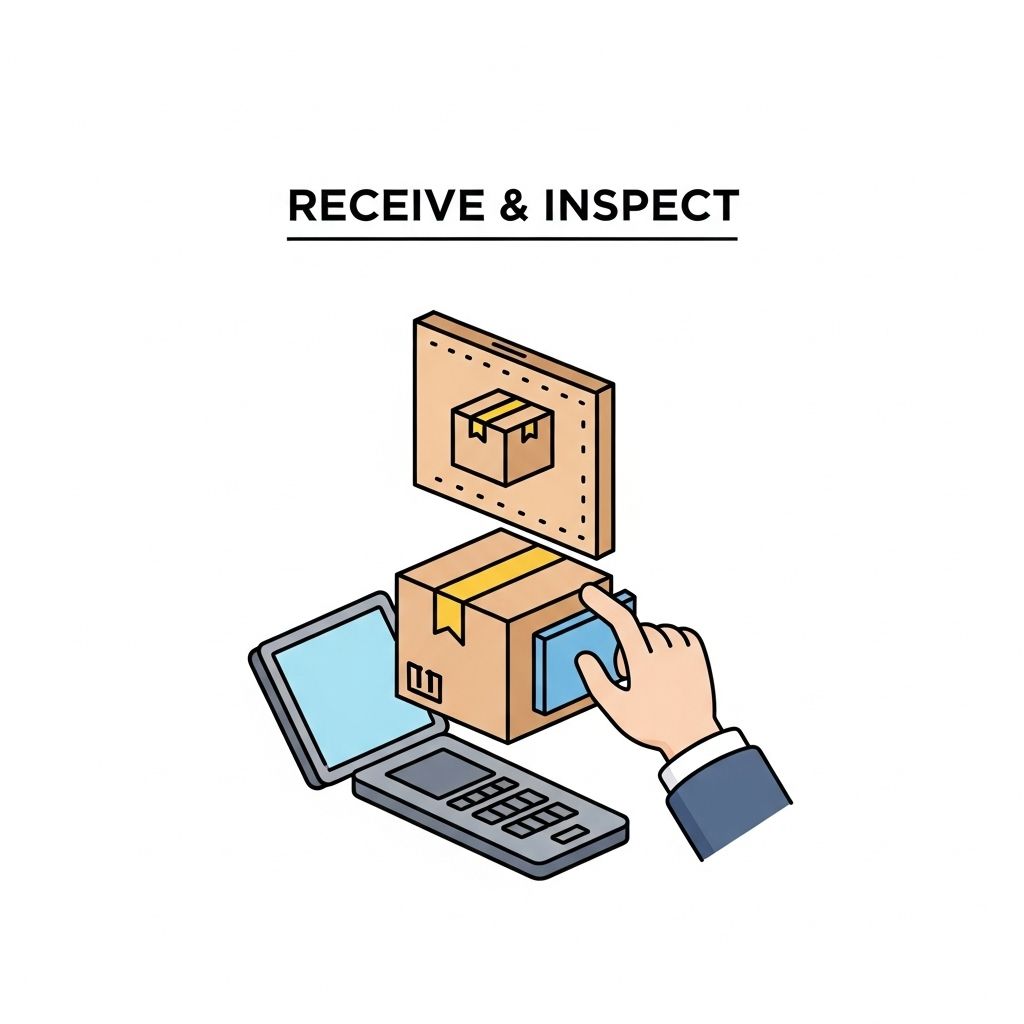In today’s fast-paced digital world, setting up an automated store can be a game-changer for entrepreneurs looking to scale their business with minimal hands-on management. The concept of automation not only streamlines operations but also frees up valuable time for business owners to focus on strategy and growth. This article will guide you through the essential steps to set up your automated store effectively.
Understanding the Basics of an Automated Store
An automated store functions by integrating various tools and technologies to minimize human intervention in the sales process. Here are some key components:
- E-commerce Platform: The foundation of your online store.
- Inventory Management: Systems that track stock levels and automate reordering.
- Payment Processing: Secure methods to accept payments from customers.
- Shipping Solutions: Tools to automate logistics and fulfillment.
Choosing the Right E-commerce Platform
The first step in setting up your automated store is selecting a robust e-commerce platform. Some popular options include:
| Platform | Features | Pricing |
|---|---|---|
| Shopify | User-friendly, extensive app integrations | $29/month |
| WooCommerce | Highly customizable, WordPress integration | Free (hosting costs apply) |
| BigCommerce | Scalable, built-in features for large stores | $29.95/month |
| Magento | Powerful, open-source option for developers | Free (hosting costs apply) |
Integrating Payment Processing
Once you’ve chosen a platform, the next step is to set up payment processing. This can be done through various providers:
Popular Payment Processors
- PayPal
- Stripe
- Square
Each of these services provides APIs to help you automate transactions, ensuring a smooth checkout experience for customers.
Streamlining Inventory Management
A key component of an automated store is robust inventory management. This ensures you never run out of stock and minimizes excess inventory costs. Here’s how to automate this process:
Steps to Automate Inventory Management
- Choose an inventory management software that integrates with your e-commerce platform.
- Set up automated alerts for low stock levels.
- Implement a reorder system that triggers when stock reaches a certain threshold.
- Utilize dropshipping options to reduce storage costs.
Setting Up Fulfillment and Shipping
Efficient shipping is vital for customer satisfaction. Consider the following automated solutions:
Shipping Automation Tools
- ShipBob: Offers warehousing and fulfillment services.
- ShipStation: Integrates with multiple carriers to automate label printing and tracking.
- EasyShip: Provides international shipping solutions with customs documentation.
Integrating these tools can save you time and reduce errors in the shipping process.
Marketing Automation
To drive traffic to your automated store, effective marketing is crucial. Implementing marketing automation strategies can enhance your outreach:
Marketing Strategies to Consider
- Email Marketing: Use tools like Mailchimp or ConvertKit to automate email campaigns and customer segmentation.
- Social Media Automation: Tools like Hootsuite or Buffer can schedule posts across platforms.
- Retargeting Ads: Utilize platforms like Facebook and Google Ads for automated retargeting strategies.
Leveraging Customer Relationship Management (CRM)
To maintain customer relationships and improve retention rates, integrating a CRM system can be beneficial. Automation features in CRMs can help with:
- Tracking customer interactions
- Sending follow-up emails
- Providing personalized recommendations
Monitoring and Analytics
One of the benefits of an automated store is the ability to gather and analyze data easily. Here’s how to set up monitoring:
Key Metrics to Track
- Sales Conversion Rate
- Customer Acquisition Cost
- Cart Abandonment Rate
Utilize tools like Google Analytics to gain insights into your store’s performance and pinpoint areas for improvement.
Ensuring Security and Compliance
As you set up your automated store, ensuring the security of customer data is paramount. Consider these practices:
Security Measures
- Implement an SSL certificate for secure transactions.
- Regularly update your e-commerce platform and plugins.
- Comply with regulations such as GDPR for data protection.
Conclusion
Setting up your automated store is an exciting venture that can lead to significant business growth. By carefully selecting the right tools and integrating them effectively, you can create a seamless shopping experience for your customers while maintaining control over your operations. Start today, and watch your business evolve into an automated powerhouse!
FAQ
What is an automated store?
An automated store is an e-commerce platform that operates with minimal human intervention, utilizing technology to manage inventory, sales, and customer interactions.
How do I choose the right platform for my automated store?
Consider factors like user-friendliness, available features, integration options, and customer support when selecting an e-commerce platform for your automated store.
What are the essential tools needed to set up an automated store?
You will need an e-commerce platform, payment gateways, inventory management software, and marketing automation tools to effectively set up and run your automated store.
How can I automate inventory management for my store?
Use inventory management software that integrates with your e-commerce platform to automate stock tracking, reorder alerts, and product updates.
What are the best practices for marketing an automated store?
Utilize SEO, social media marketing, email campaigns, and content marketing to effectively promote your automated store and attract customers.
Can I run an automated store from anywhere?
Yes, one of the significant advantages of an automated store is that it can be managed remotely, allowing you to operate it from anywhere with an internet connection.




